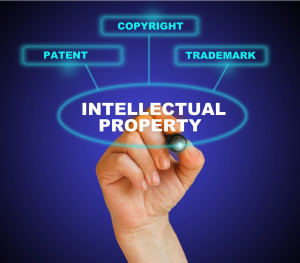Patents Mean the Difference | CLS by BARBRI
 Intellectual property (IP) law cases are always tricky to handle, as there will always be a bit of conjecture in determining if something intangible like an idea is original. The most common and well-known examples of intellectual property cases come from the music and entertainment industry. In fact, most students automatically assume that IP only concerns people in a “creative” line of work, but some of the most important examples come from science and engineering. This is one of the reasons we offer the Intellectual Property Law for Engineers course.
Intellectual property (IP) law cases are always tricky to handle, as there will always be a bit of conjecture in determining if something intangible like an idea is original. The most common and well-known examples of intellectual property cases come from the music and entertainment industry. In fact, most students automatically assume that IP only concerns people in a “creative” line of work, but some of the most important examples come from science and engineering. This is one of the reasons we offer the Intellectual Property Law for Engineers course.
Patent application is a crucial part of the inventing process. If scientists and engineers neglect to protect their ideas, competitors will easily leap frog over them and claim what could turn out to be belief changing inventions and designs.
All of the greatest inventions in history, along with a majority of the devices people use today come from the creativity of scientists and engineers. Some of the names that children learn today as the fathers of invention may be completely different if everyone was aware about protecting their ideas.
The Father(s) of the Telephone
The most famous example is the issue of the true inventor of the telephone. Children all over the world are taught that the sole claimant to the title is Alexander Graham Bell, but this has been contested even while Bell was still alive.
There were multiple people claiming to have first invented the technology behind the telephone, but three prime candidates emerge. These were Alexander Graham Bell, Elisha Gray, and Antonio Meucci. These three brilliant inventors rose from the rest of the telephone pack because of one thing: their patent papers.
Patent Timing
According to the story, Bell was the first to file a patent for his invention on February 14, 1876, but he was not the first to file a caveat for the invention. Meucci beat Bell by a full five years, filing his claim for a talking telegraph in 1871. The only problem was, in the years that followed Meucci fell on hard times and could not renew his caveat.
To make the story more interesting, Elisha Gray filed his own caveat for a telephone-like invention on the same day, but Bell was the fifth entry of the day at the patent office; Gray was the thirty-ninth.
Learn more about intellectual property rights and how they affect different fields, contact us today. We provide a comprehensive lesson plan complete with all the materials and directions you need to study intellectual property law.